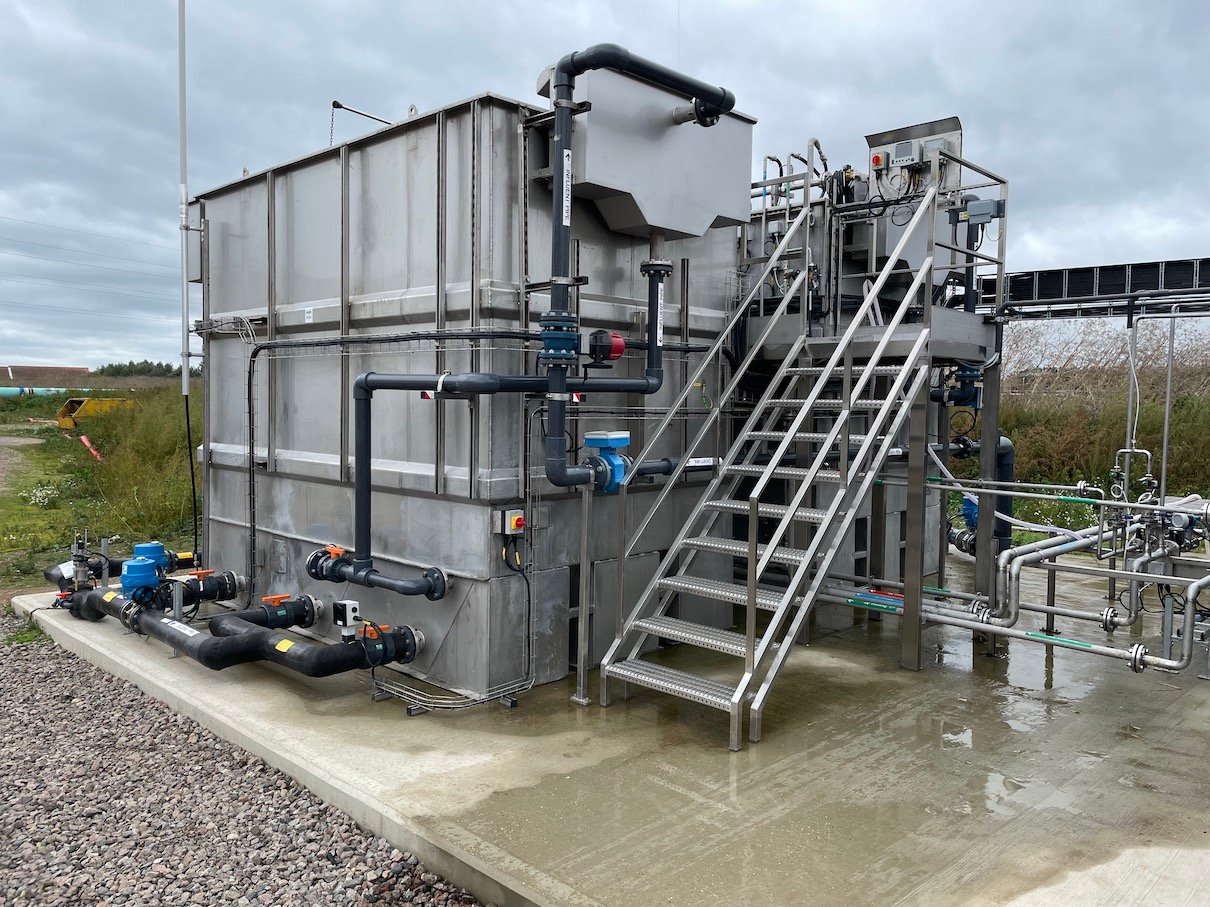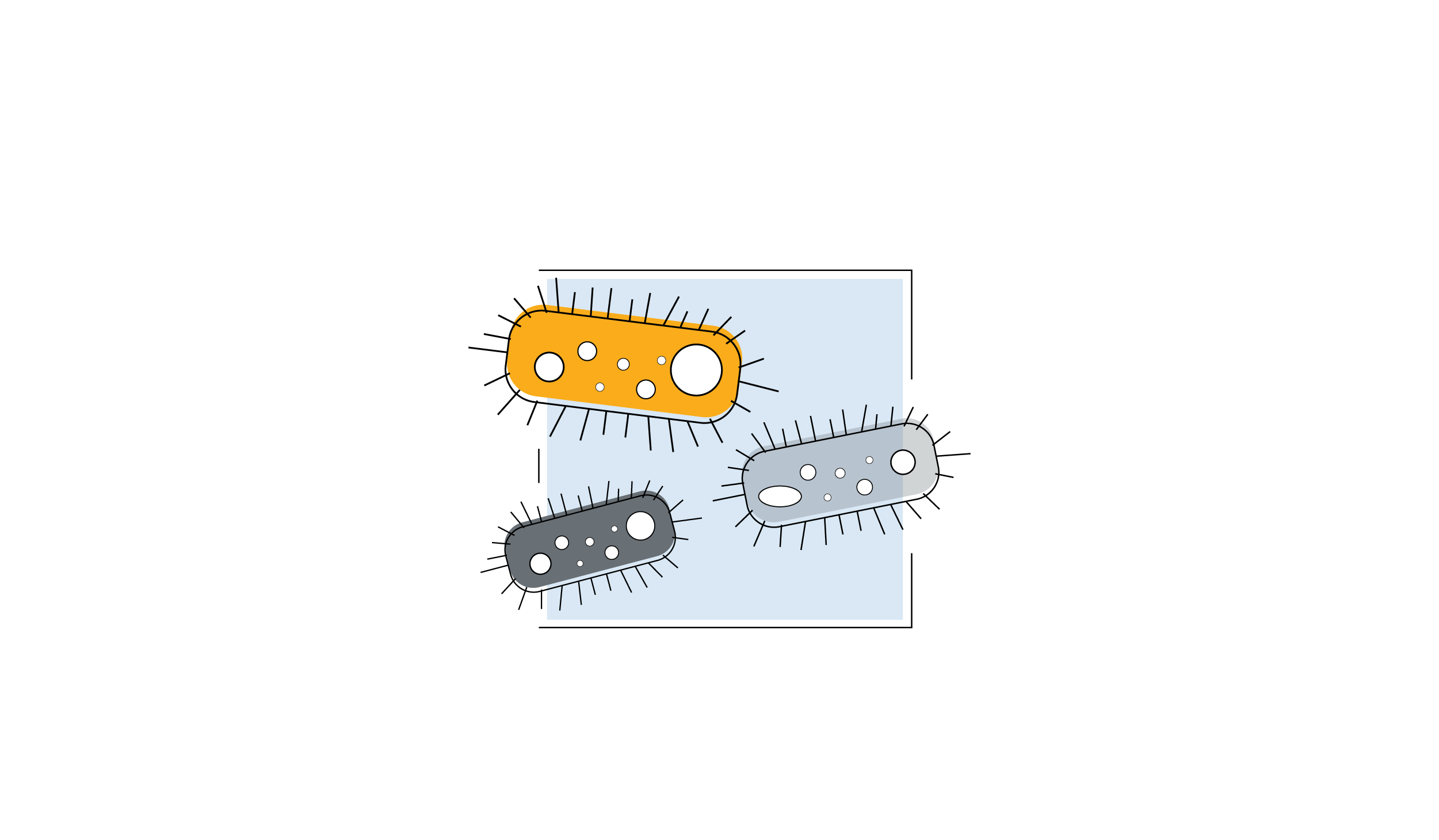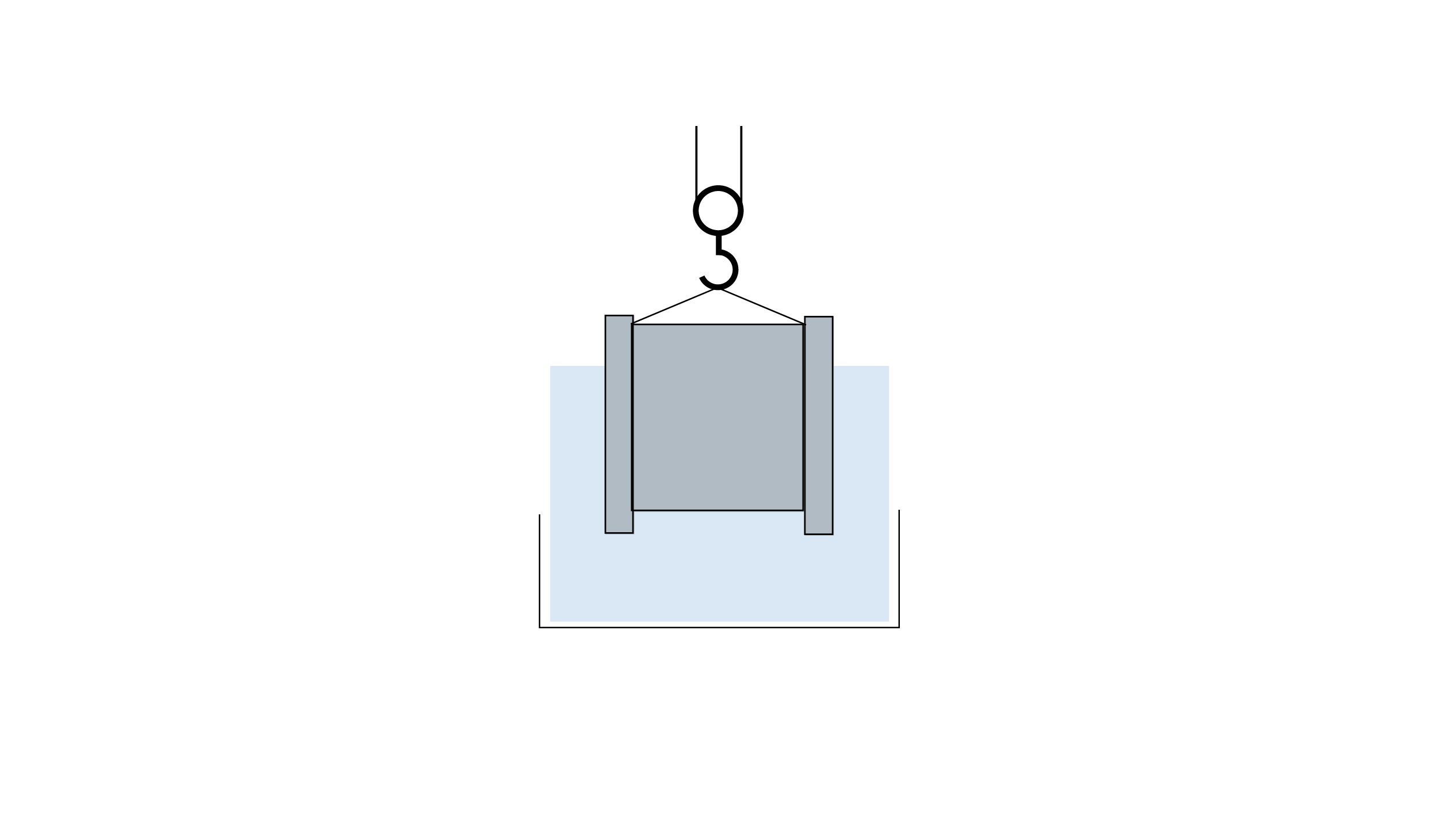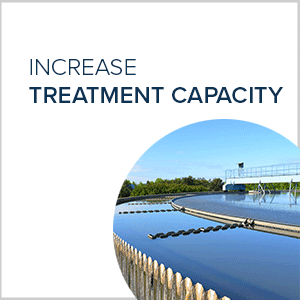Meeting the Demands of Today's Consumers
Meeting the needs of on-demand customers
In today`s modern world consumers are growing accustomed to the on-demand reality we live in. People no longer expect to have to wait days or weeks for goods to be delivered. The expectation now is that goods and services are delivered almost instantaneously.
From ordering a pizza, to booking a taxi, to purchasing an outfit for an event, the new reality is that we are blue dot consumers who expect the goods we want to come to us, when and where we want them.
However, in this fast-paced modern world it is one of our most basic needs that is coming under increased pressure. The need for clean safe water.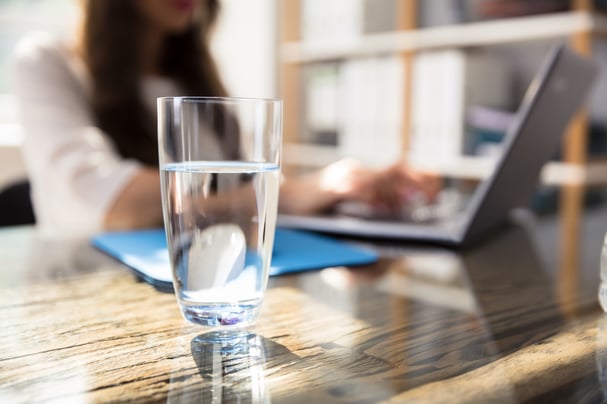
The reality is that in the future accessing water even within a well developed nation may not be as easy as just turning on a tap. This is already becoming a reality for some people across the globe; increasing droughts in drier regions, hosepipe bans in Ireland and even the talk of Day Zero for Cape Town.
As a child in school many of us were taught that water is a renewable resource. We learned about the water cycle with its four stages (evaporation, condensation, precipitation and collection) and based on this principle the world should have the same about of water today as it did thousands of years ago. So what, if anything, has changed and why is accessing water becoming a real issue?
The main drivers of change have been:
- Increased population growth
-
Industrial expansion to meet consumer demand
-
The damaging effects of deforestation and climate change
These changes coupled with modern demands see global water resources and wastewater treatment plants struggling to meet the increasing requirements placed on them.
Legacy wastewater treatment plants were built years ago, when they had less demands and treating design capacity then wasn’t an issue, however the same plants are now expected to treat an increasing capacity and to a stricter environmental discharge standard.
Using traditional methods of plant expansion can be a difficult process; access to additional land and the time required to carry out an upgrade, all means that it can be a long and expensive process. In today's on-demand world this is not a practical approach.
OxyMem can help overcome this. With our drop-in MABR modules, you can increase your biological treatment capacity to future proof your treatment facility within a matter of days, without having to drain tanks....and the benefits don’t stop there.
You can achieve better effluent standards within the footprint you already have or build a very small footprint plat as a new build. Our modules drastically improve the quality of wastewater discharged back into the environment using an robust attached growth system, with a long sludge age which reduces the volume of waste sludge produced.
Our modules also deliver a 75% reduction in the power required for added biological capacity through exceptional oxygen transfer efficiency, optimised pollutant-biofilm contact and controlled scouring; consuming less energy with better results.
If you would like to learn more about how OxyMem’s MABR can help you meet the demands of the today's world contact us today.


